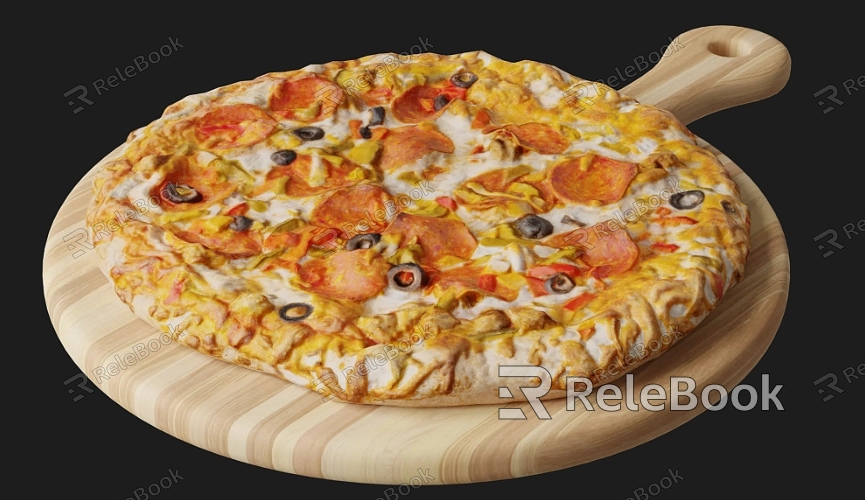Blender Bread Texture
In the world of 3D modeling and rendering, bread texture is employed to simulate the unique texture and details of both the surface and interior of bread. This includes the crispy exterior, the air pockets inside, and even the golden hue after baking. Bread texture adds exceptional visual effects and realism to models, going beyond simulating simple patterns to capturing the texture and details of the bread surface. It almost allows one to feel the texture and aroma of bread. Let's delve into the widespread application of bread texture in Blender.

How to Use Bread Texture:
1. Select Model: Open your 3D model in Blender where you want to apply the bread texture.
2. Material Editing: Go to the "Material" tab in the Properties Editor.
3. Create New Material: Click "New" to create a new material.
4. Node Editing: In the "Shader" editor, use the node workflow to add the bread texture to the material.
5. Add Texture: In the "Shader Nodes," click "Add Texture" and choose the desired type of bread texture.
6. Choose File: Use the file browser to select the bread texture file, typically in JPEG or PNG format.
7. Texture Adjustments: Adjust mapping, color, transparency, and other parameters in the node editor to ensure the texture correctly adheres to the model's surface.
Examples of Bread Texture Application in Different Scenes:
1. Breakfast Scene Rendering: When rendering a breakfast table scene, applying bread texture can make the bread appear lifelike, showcasing its unique smell and texture.
2. Bakery Simulation: Designing the interior scene of a bakery, adding bread texture makes the bread on display shelves look fresher and more enticing.
3. Bread Quality Showcase: In product showcases, using bread texture highlights elasticity and softness, enhancing the visual appeal of the product.
4. Baking Tutorial Production: Creating bread baking tutorials, using bread texture showcases the appearance of different doughs and bread, adding visual effects.
5. Food Advertising Design: In food advertisements, realistic bread texture enhances the tempting appearance and deliciousness of the bread.
6. Holiday Decor Scene: During holidays, using bread texture for decorating the holiday dinner table adds warmth and beauty.
7. Kitchen Scene Rendering: When designing kitchen scenes, adding bread texture makes baked goods look more delicious, enhancing the overall realism of the scene.
8. Food Packaging Design: In designing food packaging, using bread texture adds natural texture and a sense of freshness to the package's surface.
These examples demonstrate the versatile application of bread texture in different scenes. They present the appearance and characteristics of bread, making models or scenes more realistic and appealing. Through clever adjustments and application in Blender, bread texture not only pleases the eye but also transports one to the aromatic ambiance of a bakery. For more high-quality textures, you can download them easily from Relebook and import them directly into your models.

